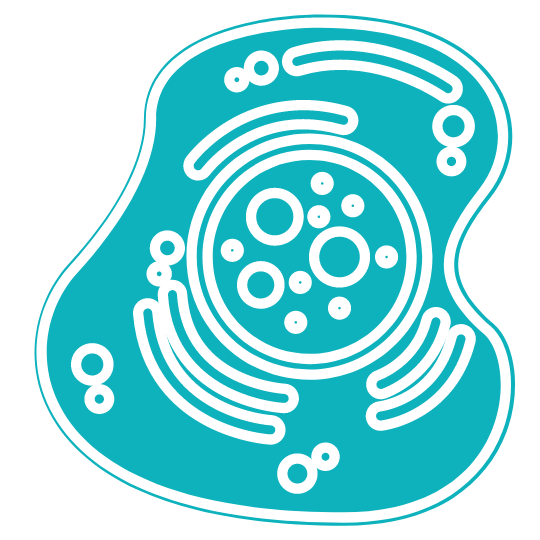
Fact 1
The first description of GM1 Gangliosidosis was in 1959, but it was not until 1965 that it was discovered that the accumulating gangliosides were structurally different from those in Tay-Sachs disease. In 1968, the lysosomal enzyme beta-galactosidase was discovered to be the underlying cause of the ganglioside accumulation.
https://pubmed.ncbi.nlm.nih.gov/14427628/

Fact 2
Some genes, like GLB1, are associated with more than one disease. The GLB1 gene is associated with both GM1 gangliosidosis and MPS IVB.
https://worldsymposia.org/official-list-of-lysosomal-diseases/

Fact 3
There are currently 265 known pathogenic, or disease-causing, mutations in the GLB1 gene that cause GM1 gangliosidosis.

Fact 4
GM1 gangliosidosis is one of 66 lysosomal diseases currently known.
https://docs.google.com/spreadsheets/u/1/d/1lqDVimgcuTKxHbt0J3Q0mPLBGgXTxMRShtVQhUwmLiI/pubhtml

Fact 5
An autosomal recessive inheritance pattern is one of several ways a trait, disorder, or disease can be passed down through families. An autosomal recessive disorder means two copies of an abnormal gene must be present in order for the disease or trait to develop. This means a child has to inherit the gene mutation from both carrier parents.
https://medlineplus.gov/ency/article/002052.htm; https://rarediseases.info.nih.gov/diseases/10891/gm1-gangliosidosis

Fact 6
Our brains are the control centers for our bodies. This organ is so vital that to protect it, a barrier called the blood brain barrier controls what enters it. While the blood brain barrier protects the brain from toxins, it also makes it really hard to deliver useful therapies and medications to the brain.

Fact 7
GM1 Gangliosidosis is a lysosomal storage disorder. Lysosomal storage disorders are disorders where insufficient quantities of certain enzymes needed to break down molecules exist, or the enzymes are absent all together. As a result, the molecules can accumulate to toxic levels in the body.
https://jamanetwork.com/journals/jama/fullarticle/188380
https://rarediseases.org/rare-diseases/lysosomal-storage-disorders/

Fact 8
Lysosomes are compartments within cells that act as the waste disposal system of the cell. They contain enzymes that break down large molecules such as proteins, carbohydrates, and lipids. They then pass the digested fragments on to other parts of the cell for recycling.
https://www.genome.gov/genetics-glossary/Lysosome#:~:text=A%20lysosome%20is%20a%20membrane,destroy%20invading%20viruses%20and%20bacteria

Fact 9
The enzyme beta-galactosidase helps break down molecules in lysosomes, including a substance called GM1 ganglioside.

Fact 10
Gangliosides are critical in humans for brain development during childhood and neuro-maintenance of the brain and nervous system throughout life. But in the gangliosidosis diseases, too much ganglioside leads to damage to cells and tissues throughout the body

Fact 11
Cherry red spots can appear in the macula of the eye in a variety of lipid storage diseases. This can include babies impacted by Type 1 or infantile GM1 Gangliosidosis.

Fact 12
GM1 Gangliosidosis affects one in every 100,000 to 200,000 live births within the general population. Though in some areas of the world, like Malta, Italy, and Japan, there is a higher incidence of GM1.

Fact 13
GM1 Gangliosidosis does not only occur in humans. Cats, dogs, and bears are all known to also inherit GM1.
1.https://www.ufaw.org.uk/cats/korat—gm1-gangliosidosis–1#:~:text=Clinical%20signs%20of%20GM1%20gangliosidosis,around%20one%20year%20of%20age 2.https://www.ncbi.nlm.nih.gov/pmc/articles/PMC1886155/ 3.https://www.researchgate.net/publication/260194514_GM1-Gangliosidosis_in_American_Black_Bears_Clinical_Pathological_Biochemical_and_Molecular_Genetic_Characterization
